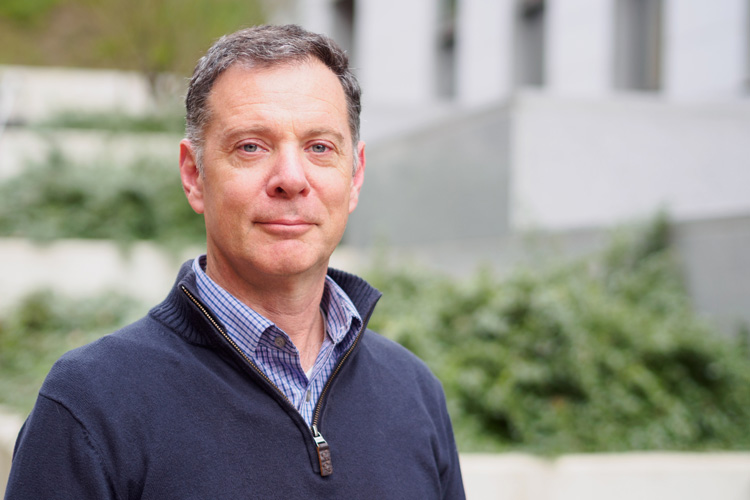 James Hurley, a faculty scientist in the Molecular Biophysics and Integrated Bioimaging (MBIB) Division, has been elected into the National Academy of Sciences (NAS) in recognition of his distinguished and continuing achievements in original research. Each new member must be nominated by existing NAS members, and then must make it through a rigorous selection process that evaluates whether the candidate has made outstanding contributions to their field.
James Hurley, a faculty scientist in the Molecular Biophysics and Integrated Bioimaging (MBIB) Division, has been elected into the National Academy of Sciences (NAS) in recognition of his distinguished and continuing achievements in original research. Each new member must be nominated by existing NAS members, and then must make it through a rigorous selection process that evaluates whether the candidate has made outstanding contributions to their field.
Hurley, who is also a professor of Biochemistry, Biophysics and Structural Biology at UC Berkeley, studies the interactions between proteins and cell membranes – an area of fundamental research that yields insights into all aspects of cell biology and has profound implications for medicine. His investigations have led to breakthroughs in our understanding of how HIV exploits the membranes of infected cells and have shed light on the mechanisms of autophagy, a natural self-destruct process present in all eukaryotic cells that helps prevent disease.
Hurley’s lab uses X-ray crystallography, frequently performed at Berkeley Lab’s Advanced Light Source (ALS), to reveal the structures of membrane-interacting proteins and examine protein-protein and protein-lipid interactions at the atomic level. The multidisciplinary team also utilizes cryo-electron microscopy, mass spectrometry, live-cell imaging, and many other analytical techniques.
In addition to Hurley, Dean Toste, a faculty scientist in the Chemical Sciences Division, joins 118 other U.S.-based scientists and engineers as new lifelong members. The two bring the total number of Berkeley Lab scientists elected as NAS members to 86.
Read more in the Berkeley Lab News Center.




